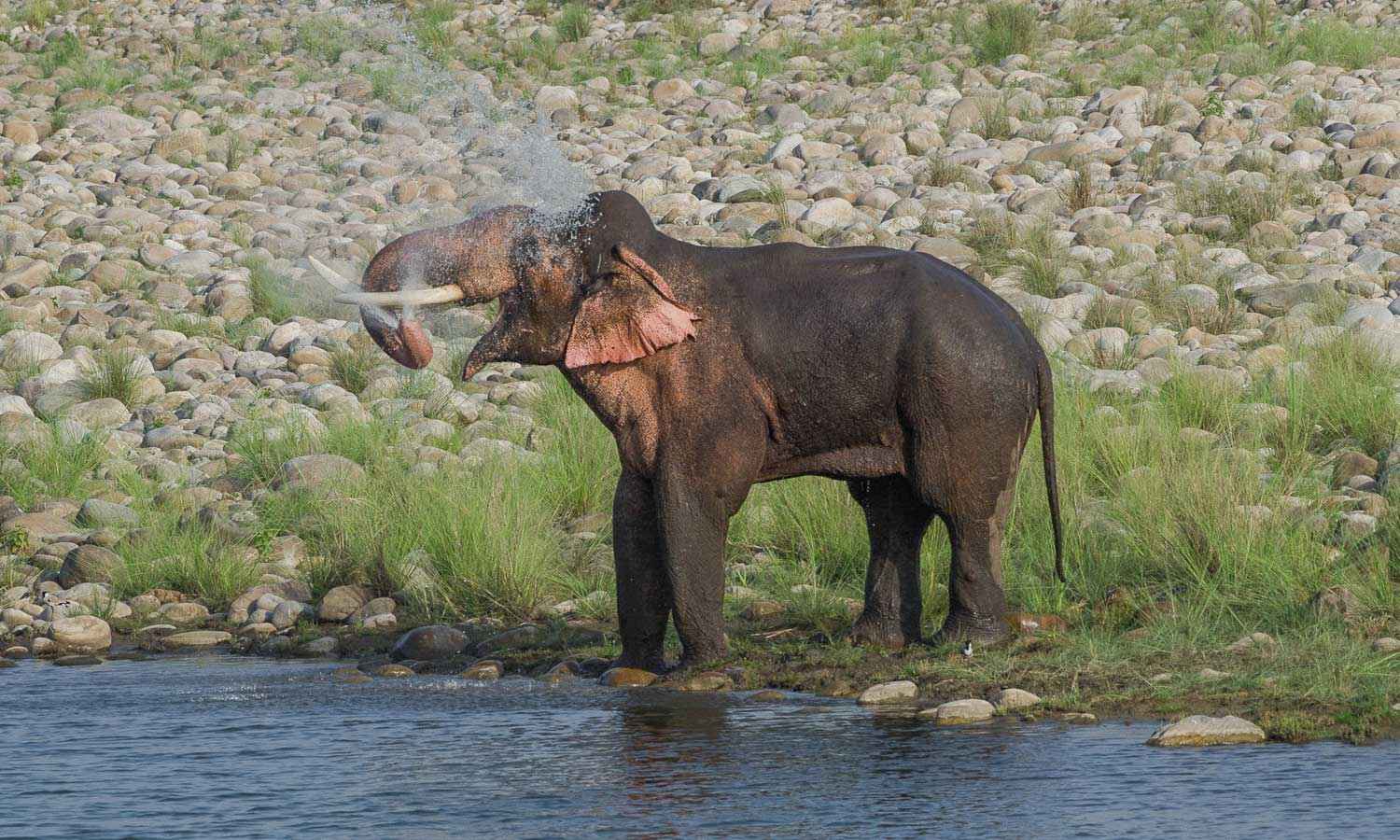Exploring the Majestic Kaziranga National Park
Kaziranga National Park, nestled in the northeastern state of Assam, India, is a wildlife enthusiast's dream destination. As a UNESCO World Heritage Site, It is known for being home to two-thirds of the world’s one-horned rhinoceroses and an incredible variety of flora and fauna. From elusive tigers to majestic elephants and vibrant birdlife, Kaziranga offers an unparalleled experience.
Planning a safari to this extraordinary destination might seem challenging, but with the right guidance, it becomes an unforgettable adventure. Tigerwalah presents a comprehensive guide to help you organize your Kaziranga safari seamlessly and enjoy every moment.
Why Choose Kaziranga for Your Next Wildlife Safari?
Kaziranga National Park stands out for its exceptional biodiversity and unique geographical features. Vast grasslands, wetlands, and dense forests provide an ideal habitat for a wide variety of wildlife. Here’s why Kaziranga is a must-visit:
-
One-Horned Rhinos: The park is home to 5 of the world’s largest populations of one-horned rhinoceroses, making it the ultimate sanctuary for this endangered species in India.
-
Big Cats: Bengal tigers thrive here, and sightings during safaris are common.
-
Birdwatcher’s Paradise: Over 450 bird species, including migratory birds, make it a haven for bird lovers.
-
Accessibility: Easily accessible via major cities, it’s a convenient destination for travelers.
-
UNESCO Heritage Status: Its global recognition underscores its ecological significance.
Best Time to Visit Kaziranga
Kaziranga National Park operates from November to April, offering different experiences throughout the season. December and February-March are considered as best time to visit as flood water subsides and new vegetation is available in abundance on which herbivores thrive
Getting to Kaziranga
Reaching Kaziranga is convenient, with several transport options:
-
By Air: Jorhat Airport (97 km) and Guwahati International Airport (217 km) are the nearest airports.
-
By Train: Furkating Junction, 75 km away, is the closest railway station.
-
By Road: National Highway 37 connects the park to nearby cities. Taxis, buses, and private vehicles are easily available.
Accommodation Options
Kaziranga offers a range of accommodations to suit different budgets and preferences:
-
Luxury Resorts: Ideal for a comfortable stay with premium amenities. Recommended options:
- Diphlu River Lodge
- IORA - The Retreat
- Infinity resort
- Agoratoli Jungalow Resort
-
Mid-Range Options: Jungle lodges and eco-resorts offer rustic charm and affordability. Popular choices:
- Wild Grass Lodge
- Bonhabi Resort
-
Budget Stays: Government-run guest houses and smaller hotels provide basic but comfortable lodging. Examples:
- Forest Rest Houses
- Kaziranga Tourist Complex
Types of Safaris in Kaziranga
Kaziranga offers two types of safaris, each providing a unique perspective of the park:
-
Jeep Safaris:
- Explore a larger area of the park.
- Operate twice daily: morning (7:00 AM–9:30 AM) and afternoon (1:30 PM–3:30 PM).
- Covers four safari zones: Kohora (Central), Bagori (Western), Agaratoli (Eastern), and Burapahar.
- Ideal for spotting big cats, rhinos, and elephants.
-
Elephant Safaris:
- Operates early morning, focusing on Kohora and Bagori zones.
- Provides a closer view of rhinos and grassland wildlife.
- Limited slots, advance booking is essential.
Essential Tips for a Successful Safari
- Book Early: Secure permits and accommodations in advance, especially for peak seasons.
- Pack Smart: Wear neutral-coloured clothing, carry binoculars, sunscreen, insect repellent, and reusable water bottles.
- Respect Guidelines: Follow park rules and your guide’s instructions to ensure a safe and ethical experience.
- Choose Zones Carefully: Each safari zone offers unique wildlife experiences. Consult your tour operator for recommendations.
- Be Patient: Wildlife sightings require time and patience—embrace the journey.
Wildlife to Watch Out For
Kaziranga is home to a diverse range of wildlife, including:
- Mammals: One-horned rhinoceros, Bengal tiger, Asiatic elephant, swamp deer, wild buffalo, smooth-coated otter and sloth bear.
- Birds: Great hornbill, Pallas’s fish eagle, Bengal florican, and migratory species like pelicans, bar-headed geese and storks.
- Reptiles: King cobra, reticulated python, and monitor lizards.
Responsible Tourism
Kaziranga’s delicate ecosystem requires responsible tourism. Tigerwalah advocates for eco-friendly practices like
- Avoiding single use plastic/ littering within park premises.
- Support local communities by choosing locally run accommodations and guides.
- Opting for ethical safari operators prioritising wildlife conservation.
Why Tigerwalah?
At Tigerwalah, we curate experiences that go beyond mere sightseeing. With our expertise, you’ll discover the true essence of Kaziranga while contributing to its preservation. Our offerings include
- customised safari
- Experienced naturalists and guides.
- Tailored accommodation arrangements.
Contact us today to embark on this once-in-a-lifetime journey!
Get In Touch
Ready for an adventure? We're here to help.












